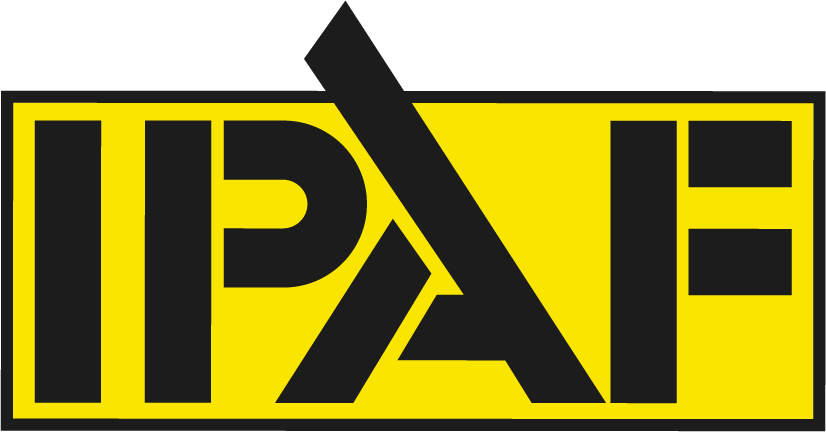Working at height continues to dominate the accidents in the workplace statistics, despite great improvements in numbers owing to a huge campaign to ensure adequate training is given to managers and employees alike. The importance of working at height training cannot be overstated and IPAF accredited training courses are now firmly established as industry standards. Those employers who do not comply with regulations are being given the cold shoulder.
Assessing risk
Risk assessment is a vital component in any strategy to promote safe working at height. Every situation must be assessed on its own merit on any given day. All sites differ in topography, environment, aspect and weather conditions fluctuate so often – especially in the UK – that a risk assessment is only as good as the day it was carried out.
It is essential that the following variables are recognized in any risk assessment:
- Is there a risk of falling objects to those below MEWPs (Mobile Elevating Work Platforms)?
- Is the MEWP fit for purpose? Are those operating it fully trained?
- Are there any hazards below that could worsen any injuries resulting from a fall (e.g. spiked fences or concrete)
- Is there any hazardous weather forecasted?
- What is the maximum height from which a fall may occur? Can this be reduced?

By far the best way to mitigate against accidents resulting from working at height is to ensure that everyone along the chain of command has been provided with the level of training that is relevant to them. For instance there are IPAF accredited courses for operators of MEWPs as well as for managers, teaching them to safely co-ordinate various types of Mobile Elevating Work Platforms. Adequate supervision and instruction are both key factors in safe practice. All risks should be made clear to all employees prior to starting on a job.
Injury prevention
It cannot be overstated that all injury prevention begins with careful planning, risk assessment and appropriate training in courses accredited by IPAF. Let’s assume that the correct training has been meted out and all risk assessments have taken place. What next? Well, the ideal scenario is to find an alternative option to working at height, but if this is an impossibility then it must be made clear that the amount of time spent at height should be kept to the bare minimum and while employees are on MEWPs or other static platforms r work areas they should keep all tools to hand to avoid unnecessary trips on ladders. Appropriate clothing (never loosely fitted) should always be worn and the relevant PPE (Personal Protective Equipment) can help. Guard rails on work platforms are ideal and as an extra safety measure, fall arrest cable systems can be very useful. The edges of any platform used for working at height should be clearly marked out and there should be measures to ensure pedestrians don’t unnecessarily pass below those working high up. Ensuring that platforms and ladders are safely situated is key. MEWPs must be on even ground and ladders should always be at a right angle and appropriately secured.
To arrange a free on site consultation with our IPAF Training Manager Don Horsley, please call 0114 2695909, or email Don training@eagleplatforms.com
Popular pages:


